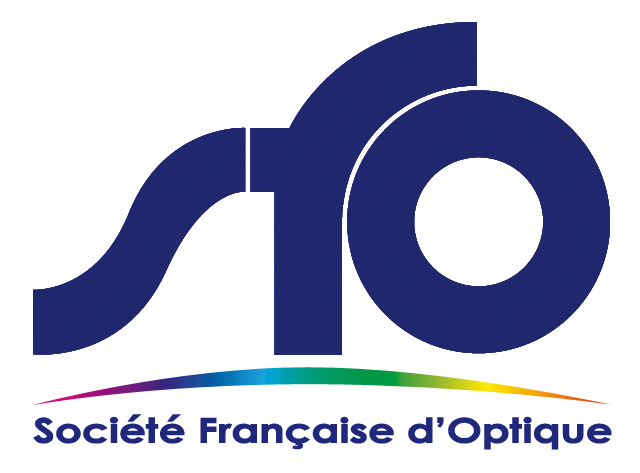Autres catégories
-
Recherche de stage : étudiant en BTS photonique 1ère année - Saint Genou 36500
- Le 03/12/2024
Demande stage BTS photonique -Saint Genou - 36500
Présentation :
Je suis étudiant en BTS photonique 1ère année. Je cherche depuis plusieurs mois une entreprise pour effectuer un stage du 12 mai au 4 juillet 2025 et ainsi valider mon année de formation.
Je vous communique mon CV et ma lettre de motivation.
Mon lycée accepte que ce temps de stage soit plus court d'une semaine.
 jean-dubreuil-cv-et-lettre-.pdf (1.26 Mo)
jean-dubreuil-cv-et-lettre-.pdf (1.26 Mo)
